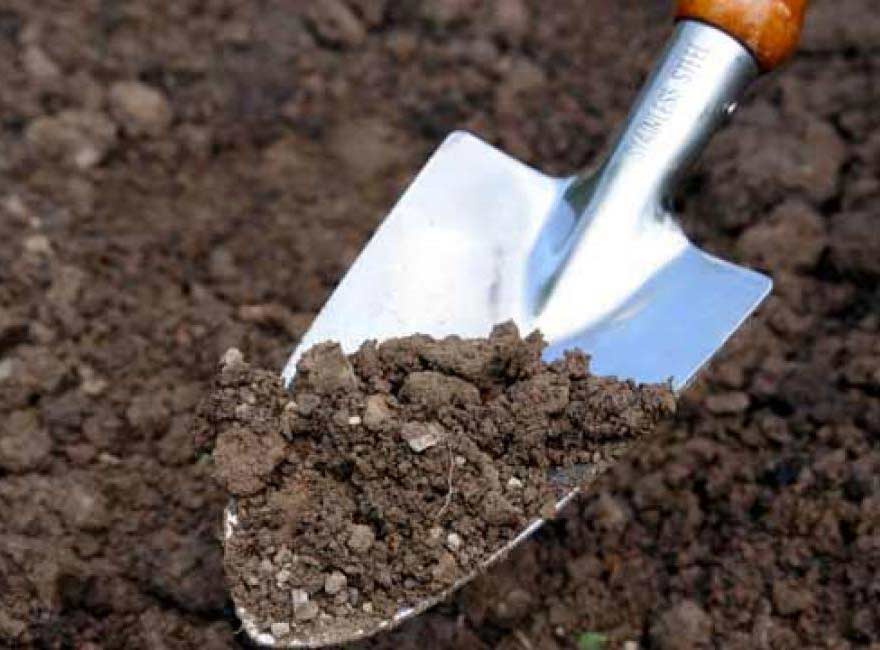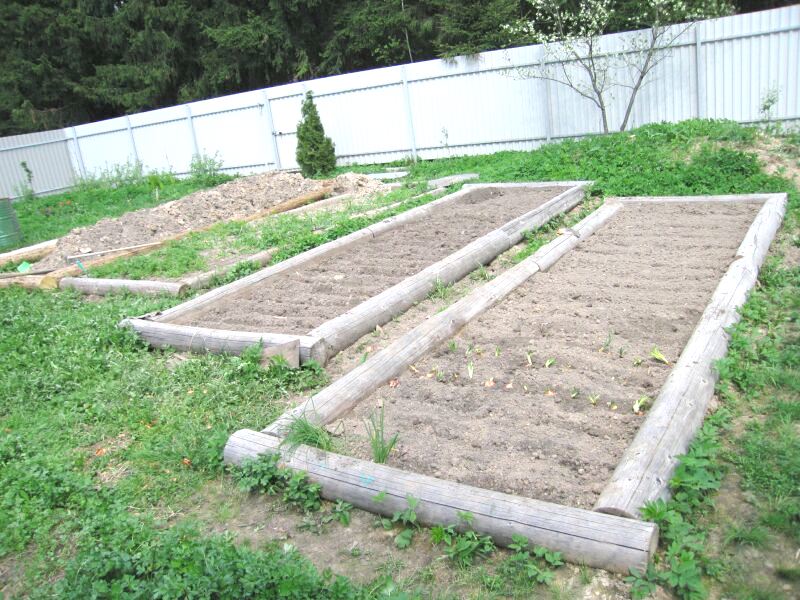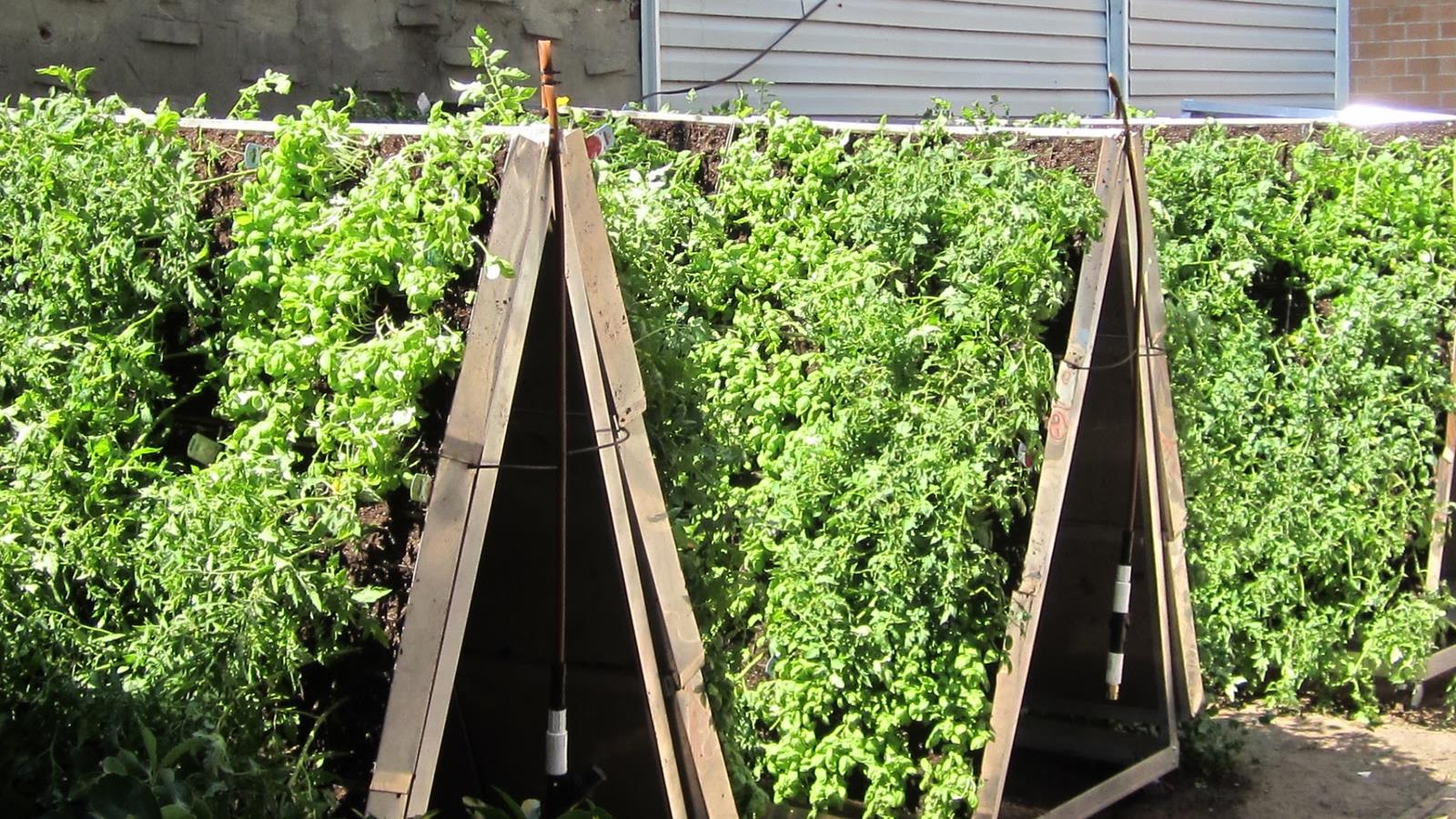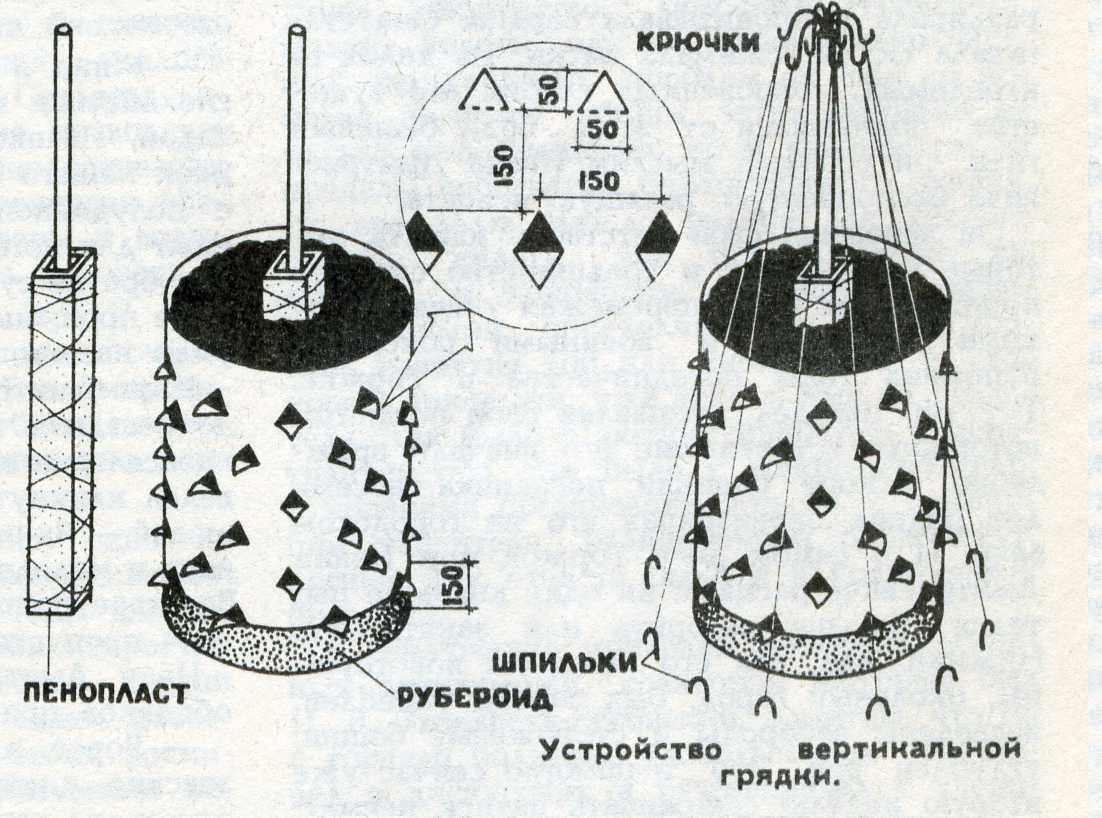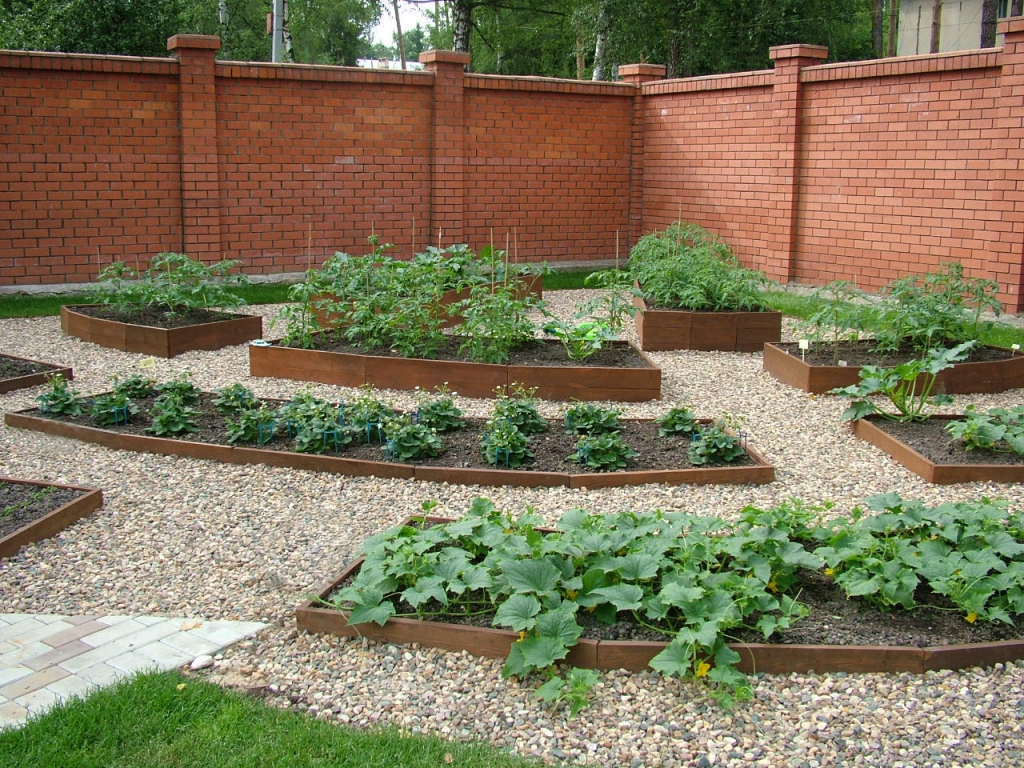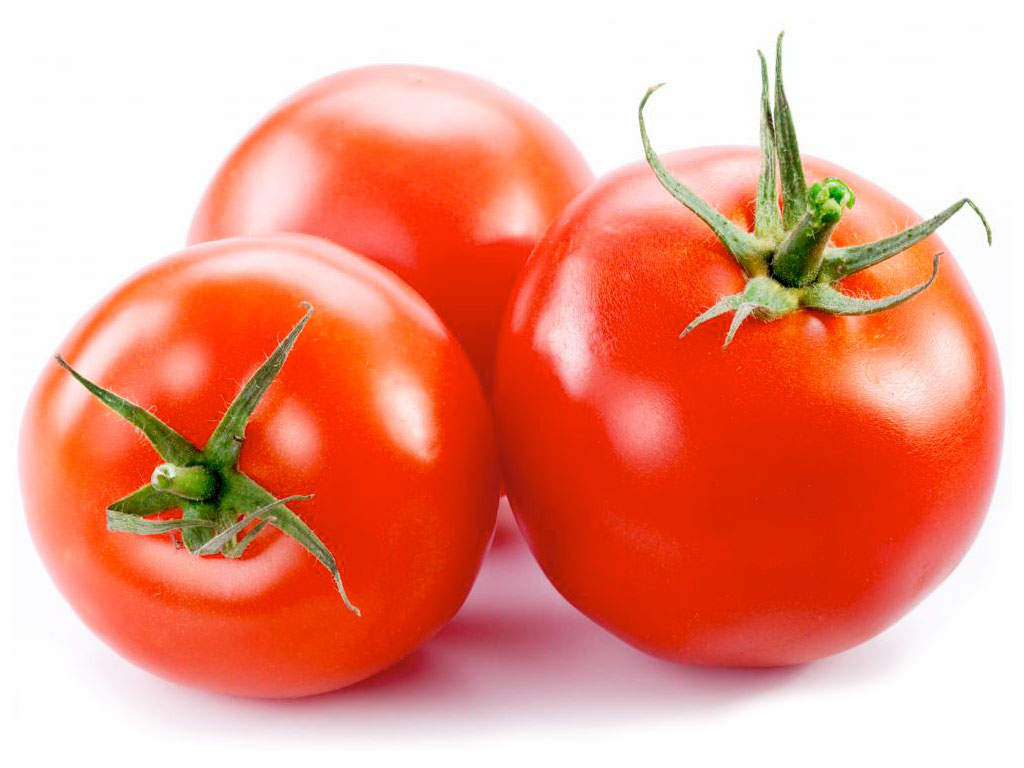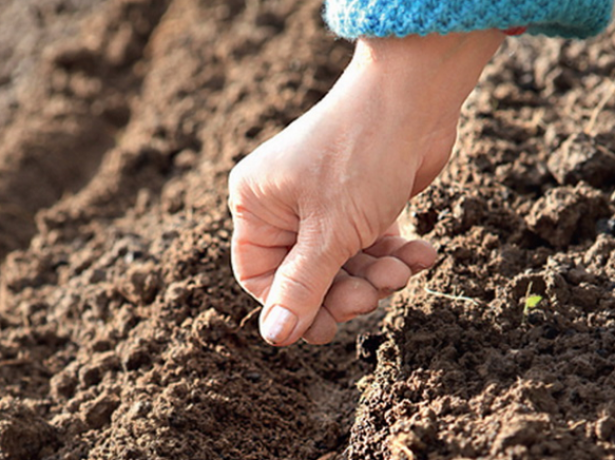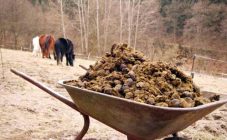Content:
Beds for tomatoes in the open field are prepared in the fall, the site is chosen sunny, protected from direct sunlight. Tomatoes should not suffer from strong winds, but good air exchange prevents fungal diseases.
Preparing the soil for tomatoes
Tomatoes grow well after onions, carrots, cucumbers, they are beneficially influenced by the neighborhood with strawberries. You cannot plant after eggplants, peppers, potatoes, because they have the same diseases and pathogens remain in the ground.
Soil quality is not important for tomatoes. They grow well on loamy and sandy soils. If the soil is clayey, heavy, sand, sawdust, peat and humus or compost are added to it. For 1 sq. m up to 3 buckets of sand and up to 4 buckets of humus.
Too light sandy soil is improved with organic matter - rotted manure or compost.
Tomatoes do not grow well in acidic soils. If sorrel and buttercups grow freely on the site, then the soil is acidic. Reduce acidity by introducing ash (every two years, 2 glasses per sq. M) and limestone (every 4 years, 200 g per sq. Meter).
In late September - early October, depending on the weather, the soil is dug to a depth of 25 cm, large clods of earth are not crushed, but left to trap snow. The tomato plot is now ready for wintering. In the spring, you will need to loosen and disinfect the earth. If the soil is light, sandy, from which rain and melt waters wash out all the nutrients, mineral fertilizers are added in the spring.
The grown seedlings are planted in open ground in early or late May, depending on the climatic conditions of the region.
Warm garden: how to do it yourself
Tomatoes are a thermophilic plant. To provide comfortable conditions for growth and maturation, gardeners use greenhouses, shelters, greenhouses. For this purpose, warm beds in open ground have been invented, working on the principle of a compost heap. Organic matter decays and gives off heat to plants. They are heated from above and below, which allows you to plant vegetables earlier and wait for the harvest earlier.
If there is an opportunity, desire, materials, place, you can make 4 beds. Using them in turn for different vegetable crops, it is convenient to ensure crop rotation.
How to make tall, warm beds
It can be done both in spring and autumn:
- dig a trench 1m wide, up to half a meter deep, the length depends on the size of the site;
- put wood waste on the bottom of the trench, rotting slowly;
- then - food and garden waste, grass, tops, dry leaves;
- the next - rotted manure, any;
- then ash;
- the top layer is compost that has rotted over the year;
- cover with dug earth,
- before planting, cover everything with black foil so that the wind does not bring in weed seeds.
To strengthen the plot, you need to make a box or overlay it with slate or brick. This will be a combined bed: bottom in the ground, top - in a box or in a fence. For tall ones, a box of boards is prepared.
You can make a warm bed without fences, give it the appearance of a hill. The surface of the hill is larger than the surface of the flat area, which saves space.
The organic matter that is laid out in the trench rotates, forming nutrients and generating heat. It must be constantly watered so that rotting goes down intensively. Water only with warm water.
In a warm bed, seedlings are planted earlier than the due date for about 3 weeks. Plants can withstand a temperature drop of 5 degrees thanks to bottom heating. Tomatoes in a warm bed are strong and healthy. The harvest ripens earlier than usual. Weeds do not grow in it.
A warm bed is used all season. First, they grow greens (dill, parsley, basil, lettuce), then tomatoes, eggplants.
The first year a warm bed works as a greenhouse for seedlings, the second season they grow tomatoes, peppers, cucumbers, and in the third season they plant root crops. Crop rotation is the gardener's choice.
How to make a tomato garden in a small area
In small gardens, where there is no room for tomato beds in the open field, inventive summer residents have come up with vertical beds: suspended, tiered.
Positive traits:
- a vertical bed at the waist level eliminates the need to work in a bent state, which is especially appreciated by the elderly and sick people;
- the ability to disassemble and transfer such a bed to another place, it is easy to throw out the broken part of the bed and replace with another;
- there are no weeds, pests, disease can be avoided, so there is no need to use chemicals against them, the crop is environmentally friendly;
- the soil heats up quickly;
- the ability to make the beds a decoration of the summer cottage.
Cons of a vertical garden:
- the soil in small hanging beds heats up quickly, but also quickly freezes;
- not all crops can be grown in vertical beds, only greens, beans, cucumbers and tomatoes, strawberries;
- frequent feeding is required, watering becomes more difficult, it is necessary to use a hydrogel to protect the soil from drying out.
How to plant tomatoes in a small area
The easiest way to make a vertical bed:
- choose a wall where it is convenient to hang containers with tomato seedlings;
- collect flower pots, baby buckets, saucepans, empty containers;
- check that there are holes everywhere for drainage and on the side for hanging;
- pour pebbles on the bottom;
- fill with soil, plant tomatoes with seeds or seedlings (1 plant per container);
- vertical hanging beds are ready.
For growing on this bed, you need to choose early-maturing undersized varieties with small fruits. Tall plants will bend down, shade the lower ones. Large fruits by weight will tear off a branch with tomatoes.
The beds look beautiful - pyramids. The best material for them is boards. After impregnation with an antiseptic, they will serve in the garden for more than a dozen years. Old furniture is often used. A wooden chest of drawers that has served its time does not need to be rebuilt. It is enough to push out its boxes at different levels and prepare plants for planting in them.
Pallets are suitable for growing greens, flowers, strawberries, but for tomatoes it is better to make boxes of different shapes and sizes from boards and put them in pyramids. When tomatoes of different sizes and colors ripen in such pyramids, such vertical beds will look great. In addition, they significantly save land area.
Examples of beautiful tomato beds
Tomato beds can be not only useful, but also beautiful.
Summer residents with imagination plant vegetables in a wave-like bed, V-shaped, spiral, round.For warm beds, you can make triangular or trapezoidal boxes, arrange them in the form of a flower, in the center a round flower bed with marigolds or nasturtium. These flowers are good for tomatoes, they repel their pests.
Flowers can be planted in hanging tomato beds. From such a neighborhood, the vertical bed will become more beautiful.
Hanging beds of beautiful flower pots and beds - pyramids also decorate the summer cottage.
High warm beds can be fenced with a beautiful wicker. Place garden sculptures on the site for aesthetics.
The beauty of the garden is neat bushes with a bountiful harvest of different colors, shapes and sizes.
Tips and tricks for gardeners
In the absence of manure during the construction of a warm bed, you can replace it with bales of straw, which must be filled with a solution of chicken manure (a bucket of manure for 50 liters of water);
Good neighbors for tomatoes are basil, sage, peppers, onions, garlic, and lettuce;
You should not make wide beds. More comfortable narrow with wide paths. In a narrow bed, you can reach all the plants without trampling the soil. On a wide track, it is easy to extend the irrigation hose.
Rotten manure in warm beds attracts small rodents. It is worth putting a fine-mesh metal mesh on the bottom so as not to miss pests.
Growing tomatoes is painstaking, long work, but the result is worth it. So many varieties of tomatoes have been developed, different in taste, color, processing, it is worth working hard to enjoy the grown harvest later.
